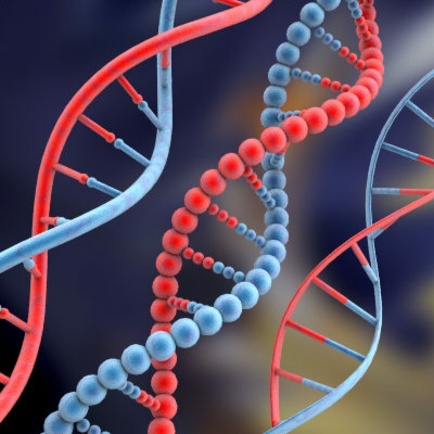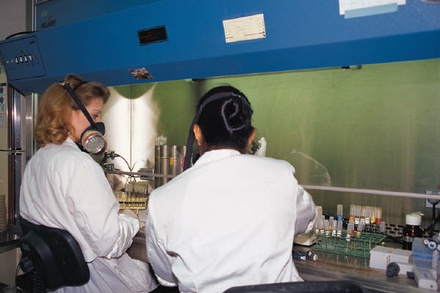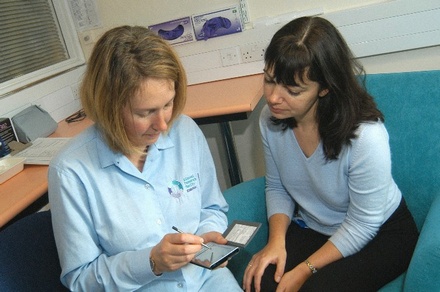Today, although fully submerged by an anomalous wave of errands which had been patiently waiting for my return at work, I heroically managed to dig out of the ArXiv
a paper worth a close look.
Scientific happenings, big and small, on this day in history…
But first, today’s quiz:
What favorite American snack food was invented on this day by chef George “Speck” Crum in response to a picky customer that complained that the chef’s french fries were too thick? Chances are, most of you reading this have enjoyed a serving or two of these sometime this past week. Not sure? Check out the answer at the end of the article.
On to other historic happenings…
79 AD
Mount Vesuvius Eruption
The North Sea was once isolated from surrounding oceans and its change to a more fresh water state led to a significant reduction in the diversity of life, say a team of German and British scientists who have used fossilized shark teeth to reconstruct the climate of the North Sea during the Palaeogene period, between 40 and 60 million years ago.
The Palaeogene was a time when greenhouse conditions prevailed and mammals began to diversify in the wake of the mass extinction event that saw the demise of the dinosaurs, along with 65% of all species.
Modern bioenergy technologies and biofuels are relatively benign from environmental view point and produce very little pollution if burned correctly and completely. The creation of new employment opportunities within the communi
This research paper attempts to investigate the influence of N, P &K on chlorophyll, carbohydrate, proteins and sapogenin contents of Asparagus racemosus (Willd.). The treatment consisted different concentrations of Nitrogen (N 20, N 40, N 80 and
Men, you aren't right a lot, as women will tell you, but here's one thing you got correct - women are complicated.
Even more complex than you think. Women don't just have one standard for attractiveness, they have a few, and sometimes they even compete. And it's equal to fertility and health on the 'women choose based on reproduction potential' mythology restated by the psychologists in the article.
If you have a Facebook page (we
do) or any social media account, you may post varying amounts of personal information you want to share online with family, friends and colleagues - but a new study presented recently in Barcelona at the Workshop on Online Social Networks, part of the annual conference of the Association for Computing Machinery's Special Interest Group on Data Communications, has found that the practices of many popular social networking sites typically make that personal information available to companies that track Web users' browsing habits and allow them to link anonymous browsing habits to specific people.
Proteins are essential for healthy cells and all biological activities - misfolded and/or damaged proteins are common to human neurodegenerative diseases and age-associated diseases.
A big question is, when during a lifespan do proteins start to misbehave?
A new Northwestern University study says that protein damage can be detected much earlier than previously believed, long before individuals exhibit symptoms. Importantly, the results also suggest that if we intervene early enough, the damage could be delayed.
There once was a battle of the sexes, when some women and men believed the genders were basically the same. Then there was a cultural détente, which regrettably involved a lot of pantsuits, before settling into the modern realization that a uni-sex society was not going to happen but gender differences do not warrant different paychecks.
New research by the Kellogg School of Management at Northwestern University, the University of Chicago Booth School of Business and the University of Chicago's Department of Comparative Human Development says that the sexes may have more in common than believed when it comes to taking risks - testosterone.
High protein, low carbohydrate diets have been successful at helping individuals rapidly lose weight but due to their recent popularity little is known about the diets' long-term effects on vascular health.
A new study provides some of the first data on this subject, demonstrating that mice placed on a 12-week low carbohydrate/high-protein diet showed a significant increase in atherosclerosis, a buildup of plaque in the heart's arteries and a leading cause of heart attack and stroke. The findings also showed that the diet led to an impaired ability to form new blood vessels in tissues deprived of blood flow, as might occur during a heart attack.











